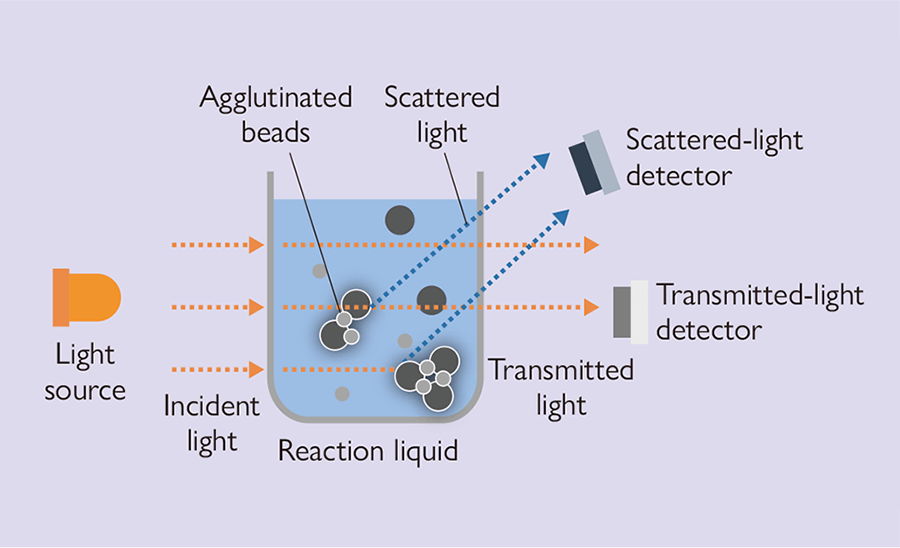1. PBI/Blockchain Combination Provides Secure Transactions on Blockchain
As a means of conducting transactions without requiring an intermediary, blockchains have many potential applications such as in peer-to-peer electricity trading. In current blockchains, an electronic signature is affixed to transaction data to guarantee its trustworthiness. If the private key by which a user generates electronic signatures is compromised or lost, however, they may lose the assets they have traded on the blockchain or may be a victim of fraudulent transactions made by someone using their identity.
In response, Hitachi has developed a technique for reducing blockchain risks that uses its proprietary public biometrics infrastructure (PBI) for generating private keys from biometric information. Because the technique allows users to generate their private key from biometric information whenever they need it, they no longer need to store the key on an authentication device and are at much lower risk of having their key lost or stolen.
Hitachi intends to proceed with the practical implementation of this technique, including by engaging in demonstration projects with corporate customers.









